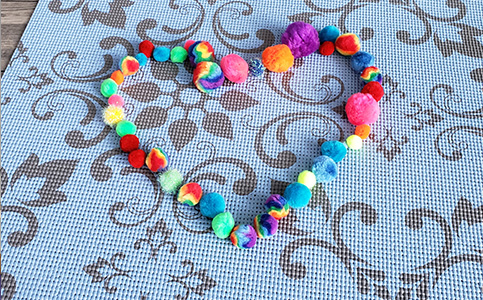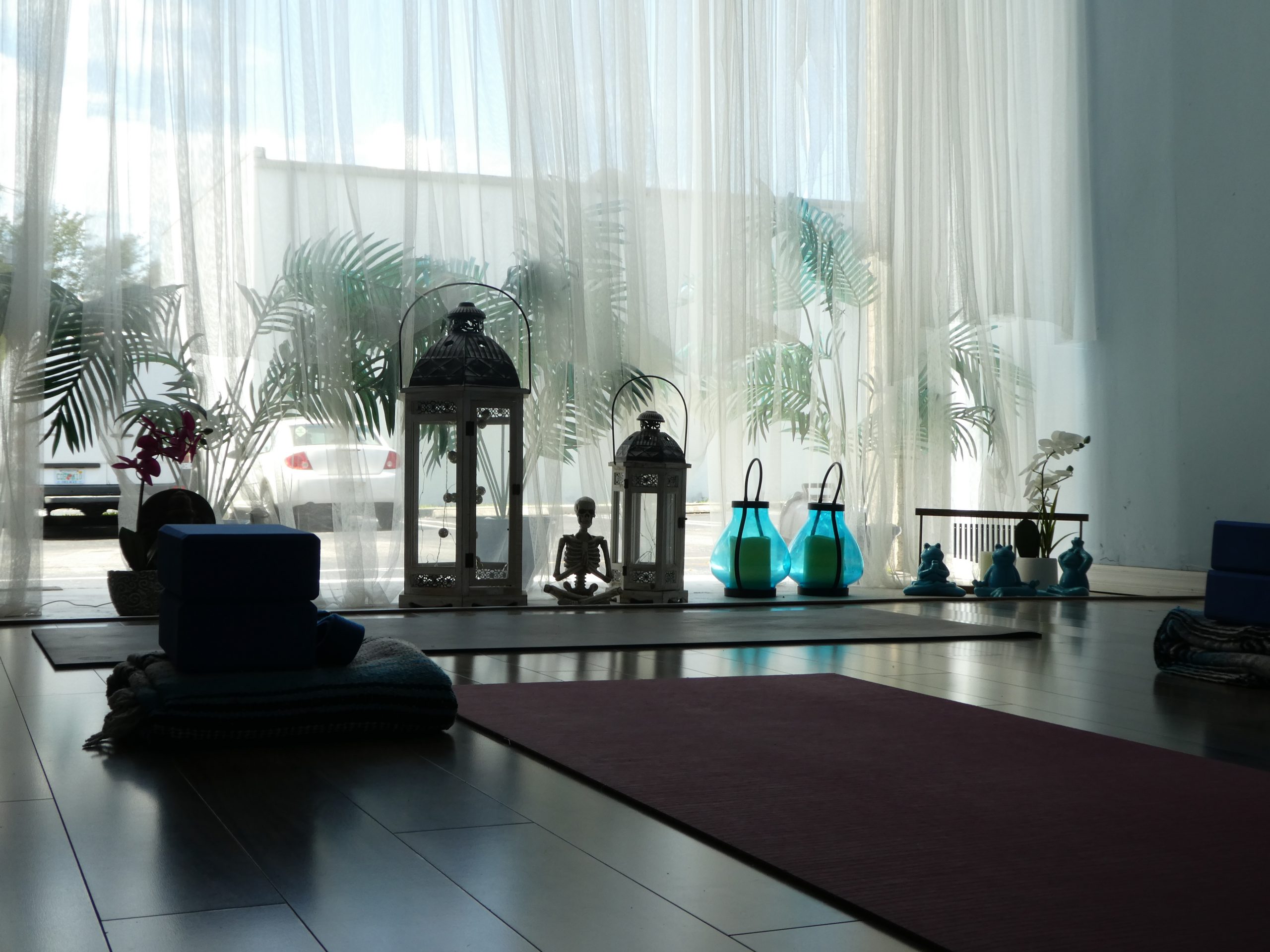As you might know, sweating is a great way to burn calories and rid your body of unwanted toxins. But how do you sweat when you’re injured, or unable to exercise?
Infrared saunas help your body release a number of toxins, including heavy metals like mercury and lead, and environmental chemicals. The benefits don’t stop there. With infrared sauna technology, you can also lose weight, relax, relieve unwanted pain, increase your circulation, and purify your skin.
Detoxification
Sweating is one of the body’s most natural ways to eliminate toxins, making it a crucial part of detoxification. When compared to traditional Swedish saunas, infrared saunas allow you to eliminate about seven times more toxins.
Relaxation
Infrared sauna therapy promotes relaxation by helping to balance your body’s level of cortisol, your body’s primary stress hormone. The heat generated by the sauna will also help to relax muscles and relieve tension throughout the body, allowing you to relax and de-stress.
Pain Relief
If you suffer from muscle aches or joint pain, infrared saunas can relieve this form of inflammation by increasing circulation and relaxing your muscles.
Weight Loss
The heat generated by an infrared sauna will cause your core temperature to increase, which can also lead to an increased heart rate — the same increase in heart rate that you experience when exercising. When your body has to work harder to lower your core temperature or keep up with an increased heart rate, your body will burn more calories, resulting in weight loss. An article, titled Effect of Sweating, in the Journal of the American Medical Association concluded that a 30-minute infrared sauna session could burn roughly 600 calories.
Improved Circulation
As the heat from infrared saunas increases your core body temperature, your circulation will increase along with it. Consistent infrared sauna sessions, especially in the middle-infrared level, can stimulate blood flow, improve muscle recovery, and decrease pain and inflammation after intense exercise.
Skin Purification
Infrared sauna technology can help purify your skin by eliminating toxins from your pores and increasing circulation, resulting in clearer, softer, and healthier-looking skin.
Contact Roses Poses Today To Book Your Next Yoga Session
When you’re ready to detox and relax, don’t hesitate at all to contact Roses Poses in Florida today! Roses Poses is well-renowned for their yoga classes, but other than that, they’re also highly qualified in providing exceptional life coaching that you won’t find anywhere else. When you call to hire Roses Poses for their life coaching, we feel more than confident that you’ll benefit from their services as you’re added to their growing list of satisfied customers. For any inquiries, you may call us at 561-891-8985 or visit our contact page.




